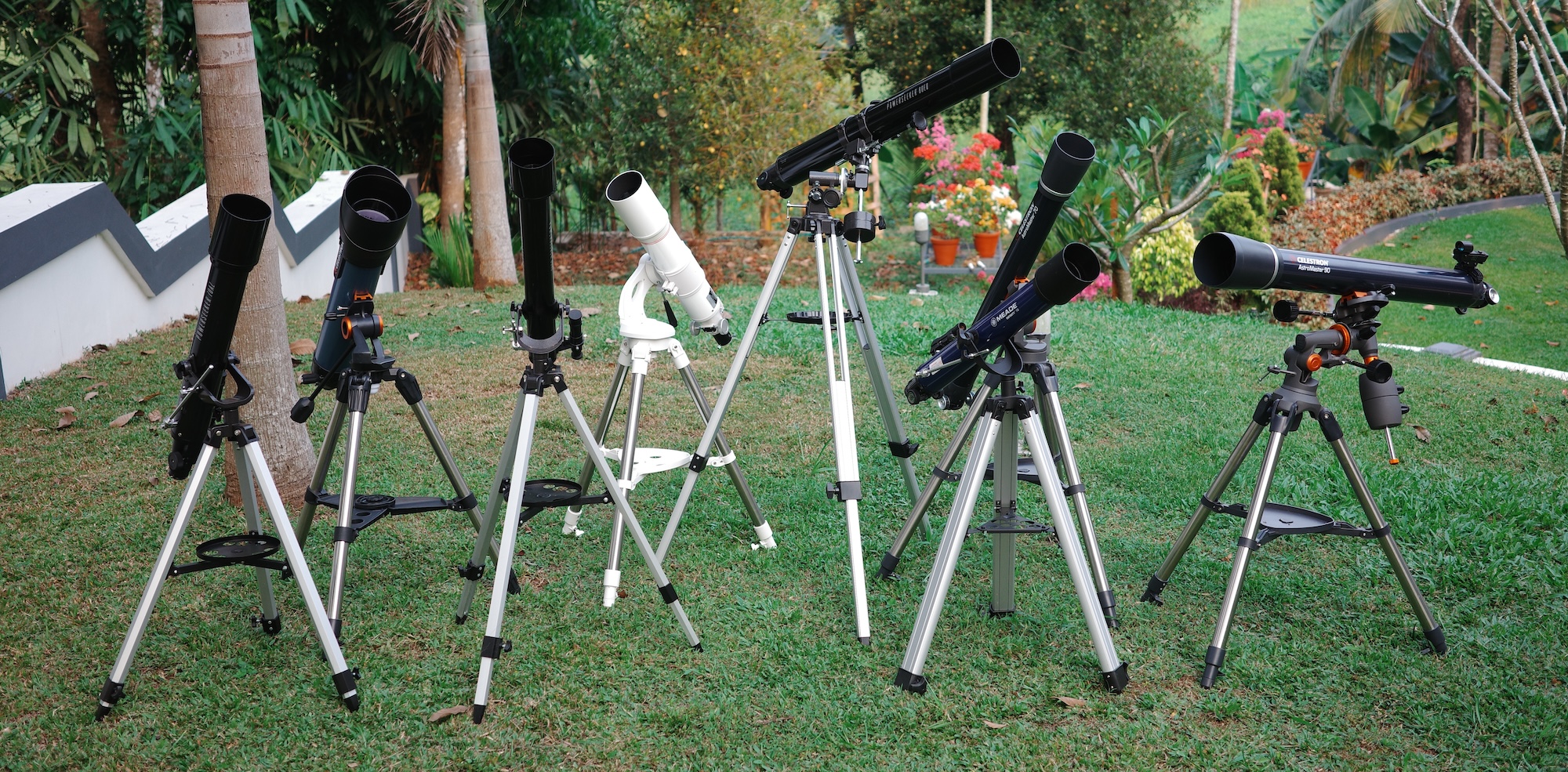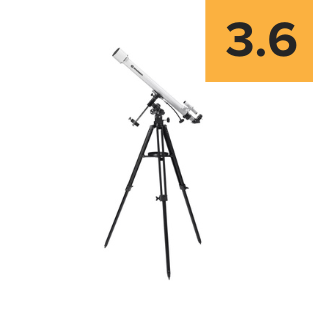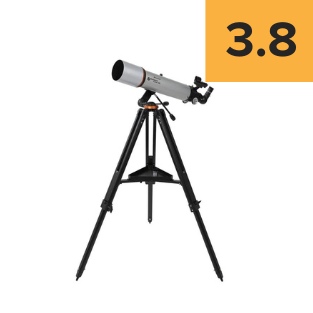Rank Category: £500-£1000 Refractors
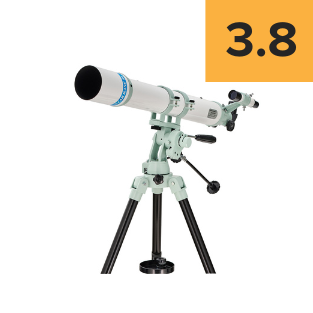
Rank Category: Above £1000 Refractors
Unfortunately, there are no all-in-one telescopes on this list that we can say with confidence are capable of serious deep-sky astrophotography right out of the box.
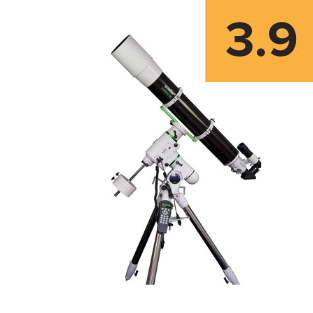
Rank Category: Imaging Refractors
We have a separate ranking page for optical tube assemblies (OTAs), which also includes refractors—these are geared more toward imaging, unlike the visual-focused refractors listed above.

